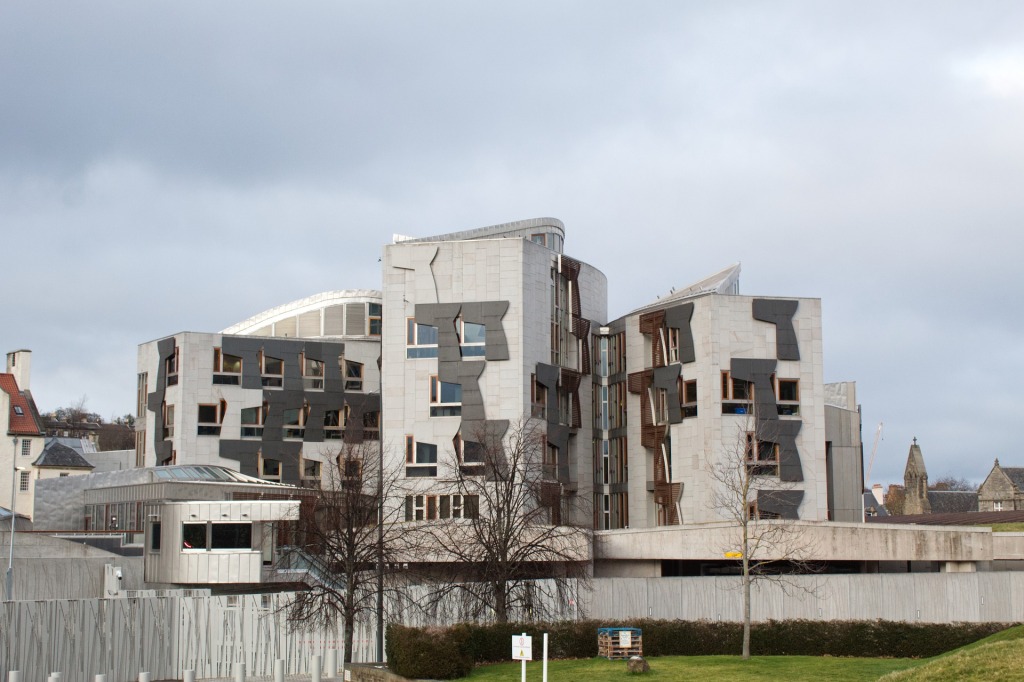
By Richard Wood
A system of Proportional Representation (PR) is one that ensures that how people vote at the ballot box is reflected in parliament. Unlike Westminster elections, in which the unrepresentative First Past the Post is used system to elect MPs (PR), the Scottish Parliament, Welsh Senedd and Northern Irish Assembly all use a form of PR to elect their legislators.
However, just because a legislature uses a PR system, doesn’t mean that results are purely proportional. The extent of proportionality depends on the type of system used and various parameters such as district magnitude and the ratio of list seats to single-member electorates if applicable. When it comes to PR elections within the UK, proportionality is a question of extent for these reasons.
Scottish Parliament
The Scottish Parliament uses the Additional Member System (AMS) to elect MSPs. Voters get two votes: one for their local constituency representative (using a First Past the Post voting system) and one for the regional list. Constituency votes are counted and seats allocated first. Party votes in each region are then added together to allocate regional MSPs. Crucially, regional MSPs are allocated by taking into account the number of MSPs won by each party in the constituencies to ensure broadly proportional results overall.
So, how proportional are Scottish Parliament elections?
One of the best ways to answer this question is to look at the Gallagher Index for Scottish Parliament elections. Simply put, a Gallagher Index for any election is a measure of proportionality that can be used to compare elections across time and between countries. The lower the score for an election, the more proportional it is.
For context, the Gallagher Index for the 2019 UK General Election was 11.8. Canada also uses First Past the Post and had a score of 13.39 in 2019. These are fairly disproportional results.
In contrast, the Scottish Parliament’s scores are on average considerably lower – meaning more proportional as we would expect with its Additional Member System. On average, Scottish Parliament elections have a Gallagher Index of 7. The vote in 2016 was 5.60 and 2021 was 7.03.
Overall, Scottish Parliament elections are pretty proportional but the extend of proportionality is limited by the ratio of constituency to list seats and overhangs. While Holyrood is more representative than Westminster, after almost 25 years of devolution, the Scottish Parliament needs reform.
READ MORE: 7 reforms to improve the Scottish Parliament
Welsh Senedd
The Welsh Parliament also uses the Additional Member System to elect its representatives, however, it’s proportionality is even more limited than Holyrood’s. This is mainly due to the fact that the ratio of constituency to list seats is skewed in favour of the former, with just 20 list seats to 40 list seats. Compare that to the 73 list seats and 56 constituency seats in the Scottish Parliament. Furthermore, Welsh electoral regions each only have four representatives compared to the seven in each Scottish region. With fewer MSs per region, the effective threshold for a party getting representatives is significantly higher than in Scotland.
When it comes to the Gallagher Index, since the institution’s creation in 1999, the six elections have had an average score of 10.57. The most recent Welsh election had a score of 9.36. In that election, Labour won more than half of the single-member constituencies but the additional element of proportionality ensure a more proportional result. However, if you dig a little deeper you will see that votes don’t match seats too well – Labour won 29 of the 60 seats available on just 31.5% of the regional vote.
Overall, Welsh elections are more representative than those for Westminster but not as representative as those for Holyrood.
READ MORE: Time is running out for fair local government in Wales
Northern Ireland
Unlike the Scottish Parliament and Welsh Senedd, Northern Irish elections use the Single Transferable Vote to elect MLAs.
Under STV, the province is divided into multi-member constituencies (with five-members each). Voters rank candidates in order of preference resulting in proportional outcomes overall. Since 1998, there have been seven Northern Ireland Assembly elections with an average Gallagher Index of 4.33. However, the most recent election had a score of 7.80, a high in the modern era under STV.
Overall, Northern Irish elections are very proportional, and as they use STV they don’t have the problems associated with the Additional Member System.
READ MORE: Northern Ireland Assembly election – the benefits of Proportional Representation
